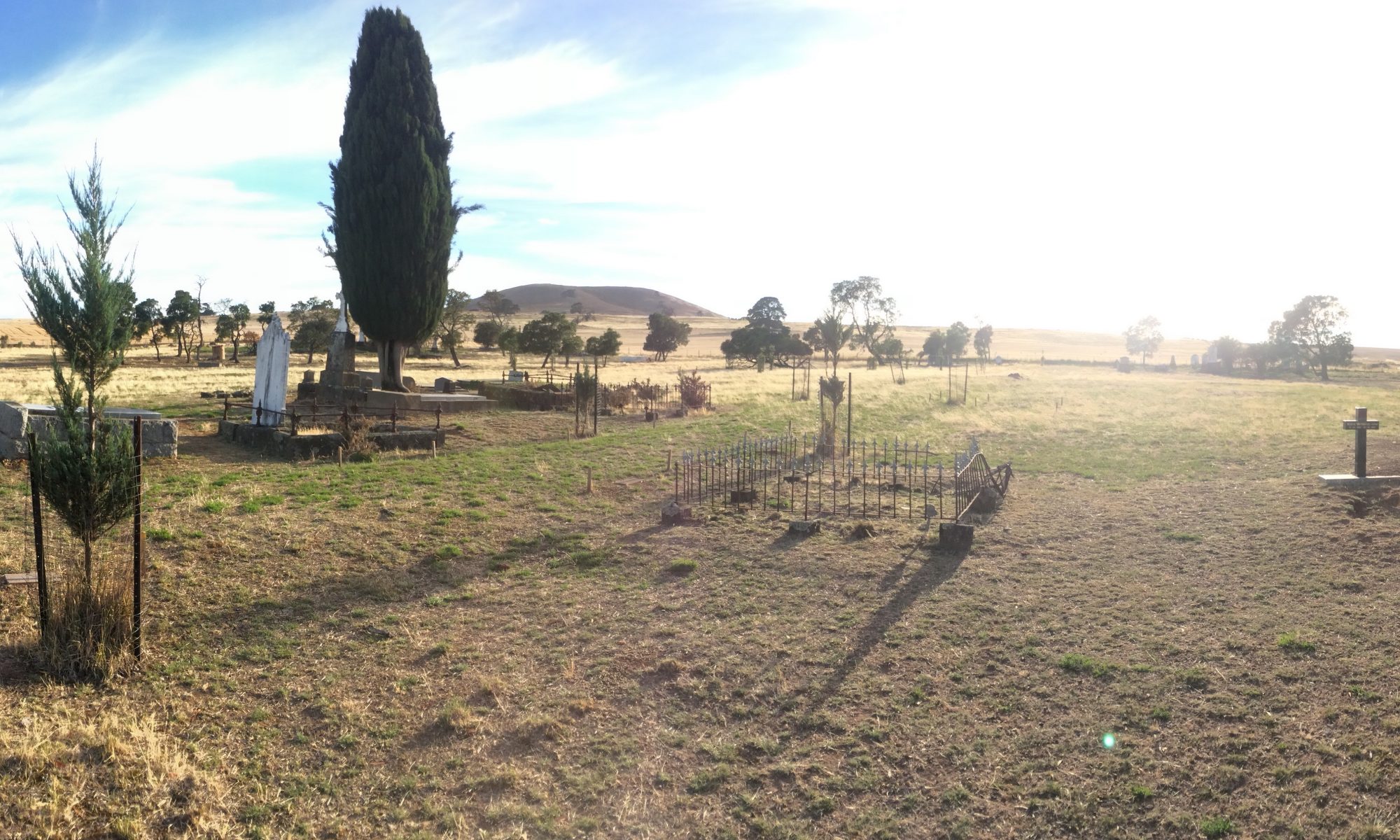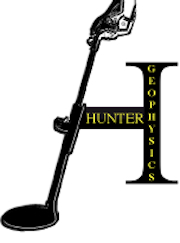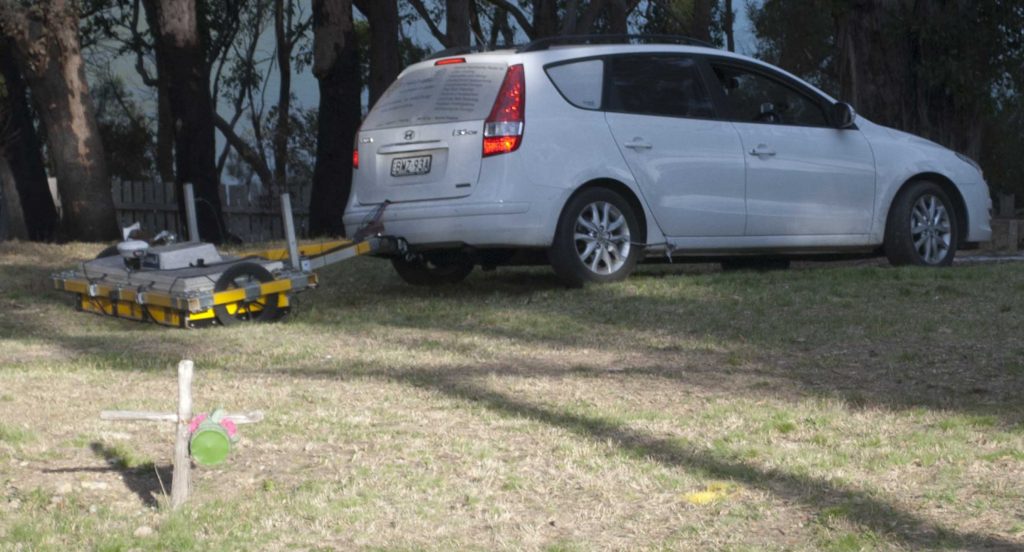Just a quick blog post this time, but it’s accompanied by a lengthy survey report, which – I am sure – more than makes up for this post’s brevity.
Before I go on: Happy Easter to everyone. I hope you all stay safe and enjoy the long weekend (or holiday, for those lucky enough to get more than the weekend off!).
I have uploaded a copy of the report I wrote for our geophysical survey at the Creswick Cemetery. The survey, of course, sought to detect any unmarked graves in the Cemetery. Ground-penetrating radar (GPR), magnetic gradiometry, electrical resistivity, frequency domain electromagnetics (EM or FDEM) – specifically, ground electrical conductivity – and aerial photograph analyses were thrown at this site and have revealed a great deal of information not only regarding the unmarked graves present, but also of the former Sexton’s cottage and natural soil processes, as well as old geological features such as palaeochannels.
This was a very interesting survey and has yielded some fantastic results. We have also learned a great deal regarding the applicability of various geophysical techniques to the detection of specific types of buried features.
The full report can be downloaded from our website. Note that it is a thirty megabyte file, so it may take some time to download.
Best wishes to all for Easter.
David
Update: fixed report download link – sorry about that!


